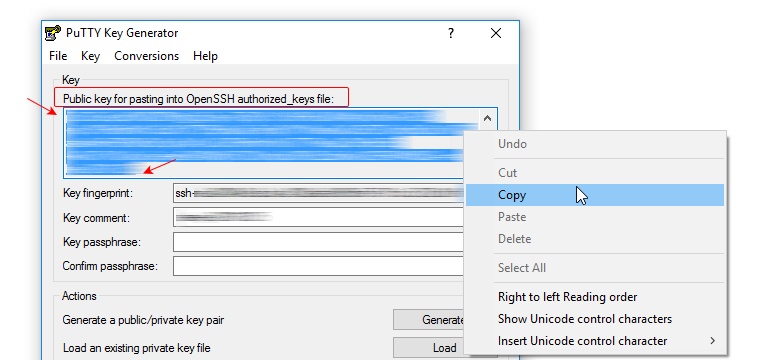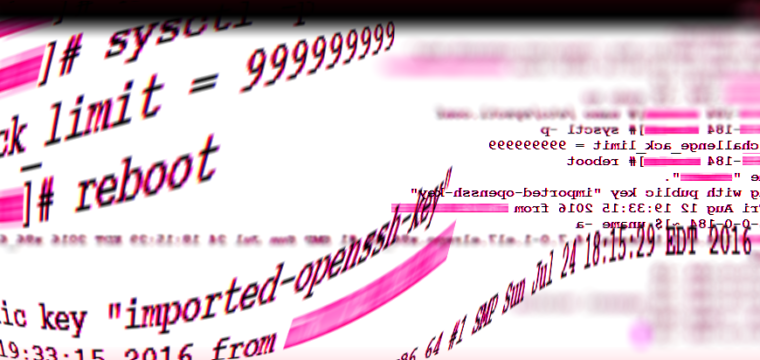Your users want to access a web server instance as a staging or production environment for DevOps… They want access to the web server document root of the sites they manage. Your job is to maintain the integrity of the whole system in terms of cyber security.
If you happen to be running a web server on Linux—for example in EC2 on Amazon AWS—and need to provide site owners remote access in a secure and responsible manner, here is how to do it.



